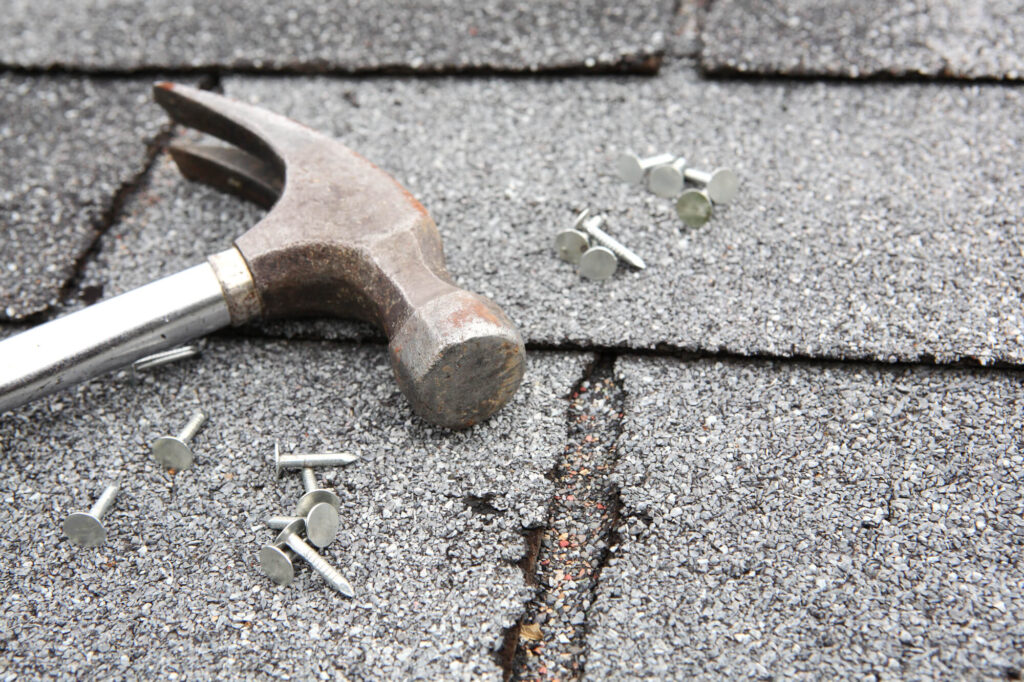
Concrete is found in many parts of the construction process. Homes, office buildings, bridges, and more owe their enduring strength to concrete. Whether it’s pouring footings for a deck or a foundation for a home, concrete is the ‘go-to’ material. However, issues during the purchasing, mixing, and installing process can cause problems with any building material, including concrete.
Here are seven of the most common mistakes encountered when using concrete.
1. Issues with Site Preparation
A concrete professional knows that one of the most common mistakes DIYers make with concrete is incorrectly preparing the site. For the concrete to provide stability and durability, site preparation is key. The location in which the concrete will be poured must be completely free of debris. This means that rocks, roots, branches, and other environmental materials must be removed.
Then the site must be solidly compacted and level. Not doing so leads to problems with how the concrete sets; then over time, cracks can emerge.
2. Using the Wrong Mix of Concrete
To a novice, all concrete might look and seem to be the same. However, Portland cement, a key ingredient, is available with different compositions. Each mixture creates concrete that has varying properties. Using the incorrect mix can cause issues with your project.
Obtaining the correct ratio of water to the cement mixture is another step that is essential to the consistency and reliability of your concrete. Too loose a mixture can form weakened concrete, too tight a mixture is difficult to work with.
3. Not Having the Correct Tools for the Job
To correctly mix, pour, and level concrete, you need more tools than an old bucket and stirring stick. Professional concrete companies utilize wire mesh, rebar, and other fibers to prevent dried and formed concrete from cracking. You also need saws with strong enough blades, floats, screed board, groove cutters, and more to mix and pour concrete.
4. Incorrect Curing Process
After concrete is poured, it must cure. This step lets the concrete fully dry and harden to the correct strength. Another common mistake made when using concrete is not curing the concrete. The concrete must be protected from the elements while it cures. Not curing the concrete can cause a faulty base for your project.
5. Timing of Leveling the Concrete
Concrete is intended to harden. So, you need to be ready to level the wet concrete after pouring it. As soon as the water disappears from the top of the concrete, grab your level, and get to work. If you wait too long, you may not be able to level the concrete.
6. Problems with the Concrete Forms
Concrete forms are used to shape your concrete. Install the forms where you need the concrete, and then you pour the wet mixture into them. Incorrectly installing the forms is a mistake that is often made. Once the concrete is poured, you cannot alter its shape. Make sure that you use forms that can withstand the pressure and weight of the concrete.
7. Not Hiring a Professional
One of the biggest mistakes made using concrete is not hiring a professional. Consult with a professional before you start the job; this will eliminate all the other potential mistakes that can be made.





